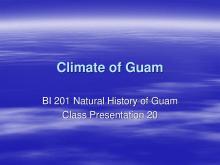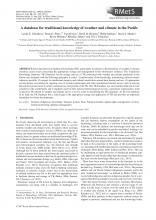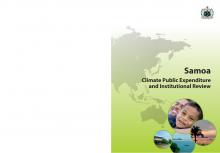Costs and bene? ts for biodiversity following rat and cat eradication on Te Hauturu-o-Toi/Little Barrier Island


Island and Ocean Ecosystems, BRB
Available Online
Bell, E.
,
Campbell, J.
,
Cassey, P.
,
Ewen, J.G.
,
Green, C.
,
Gri?ths, R.
,
Joyce, L.
,
Rayner, M.
,
Towns, D.
,
Toy, R.
,
Veitch, C.R.
,
Wade, L.
,
Walle, R.
2019
Considerable bene?ts can be achieved for indigenous biodiversity when invasive vertebrates are removed from islands. In New Zealand, two logistically challenging eradications were undertaken, one to remove cats (Felis catus) and the other Paci?c rats (Rattus exulans) from Te Hauturu-o-Toi/Little Barrier Island (Hauturu). Here we document the short- and long-term impacts of these interventions on the biodiversity of Hauturu. We also assess the extent to which predicted outcomes were re?ected in the measured responses for a wide range of species. Short-term impacts of the eradication program encompassed individual mortality for some native species but no measurable impact to populations. In contrast, at least 11 native vertebrates and one native invertebrate species increased in abundance after rat and cat removal. Fifteen of 34 plant species monitored had signi?cantly more seedlings on Hauturu after rat eradication compared with control islands, indicating future changes in forest composition. Several native species previously not recorded on the island were discovered, including the New Zealand storm petrel (Fregetta maoriana) (formerly considered extinct), the forest ringlet butter?y (Dodonidia helmsi) and eight species of aquatic invertebrate. The chevron skink (Oligosoma homalonotum) has been found in increasing numbers and tuatara (Sphenodon punctatus), raised in captivity on the island, are now re-established and breeding in the wild. These results illustrate an island gradually recovering after a long period of modi?cation. We conclude that more success stories such as Hauturu must be told if we are to allay the publics concerns about such eradication campaigns. And more public support is required if the conservation community is to tackle invasive species at a scale commensurate with the threats they pose.





